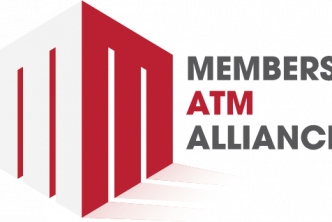The noise continues to increase inside the payment sphere about the looming EMV liability shift deadline in October of 2015. However, we have noticed that the majority of media coverage is based on the assumption that most financial institutions will adopt EMV technology by this date. Although the adoption makes sense from a speed and convenience standpoint, does it really make sense to credit unions from a cost and fraud standpoint? What about timing, member impact, or market impact? These are real issues that credit unions are facing—often daily—this year in the wake of a significant change to their bottom lines.
With the help of LEVERAGE Card Services, we have decided to address these core EMV issues in a three-part series entitled A Realistic Look at EMV. Our goal is that this information will help credit unions analyze their own circumstances and make an authentic decision related to EMV—regardless of the industry noise. This brings us to our first topic—Cost Versus Fraud.
For larger credit unions with dynamic debit or credit card portfolios, rolling out EMV-enabled cards will be a hefty expense—period. However, since their portfolios experience substantial transaction volume, fraud loss (or fraud risk) may exceed the total cost of switching to EMV. For these shops, the course of action is clearer. What about smaller credit unions? A small amount of assets typically equates to portfolios with a small amount of transaction volume so the threat of fraud loss may be dramatically low. It is also important to remember that EMV will not prevent fraud associated with card-not-present transactions. With the short-term expenses of implementing EMV being so significant, it is essential for small asset sized credit unions to evaluate the gap between implementation costs and the actual fraud affecting members. For some, the results may be surprising.
If your credit union needs help with this evaluation process, we encourage you to contact LEVERAGE Card Services. With solid experience with moderately-sized credit and debit portfolios, our team is well positioned to provide consultative services. For more information on LEVERAGE Card Services, visit our website.





